If your skis feel slow or look dry, it’s time for a wax. Regular waxing keeps your skis gliding, protects them from damage, and improves control. How often? It depends:
- Casual skiers: Wax every 4–6 days on the slopes.
- Aggressive skiers: Wax daily for the best glide.
- Snow conditions: Wet, slushy snow strips wax faster; dry powder is gentler.
For Snowfeet* mini skis, maintenance is quick and easy thanks to their compact size. Keep them waxed regularly to prevent sticking and maintain speed. Look for signs like chalky bases or slower performance to know when it’s time. Waxing isn’t just about performance - it extends your gear’s life too.
How to Wax Your Skis - Everything You Need to Know || REI
How Often Should You Wax Your Skis?
How often you should wax your skis really depends on a few factors: how often you ski, your skill level, and the type of snow you're tackling. If you're a casual skier, you might get away with waxing less often. But if you're hitting the slopes hard and fast, regular waxing is a must. For Snowfeet* users, the compact size of these mini skis makes maintenance quicker and easier compared to traditional long skis.
Wondering when it's time to wax? According to the Kenver Team:
"You can tell if your skis need wax in the following ways: You feel slower when skiing, the skis feel noticeably dry, the skis look discolored".
Freshly waxed skis should look shiny and feel smooth. If they start looking chalky or develop a whitish hue - especially near the edges - it’s time to break out the wax.
Waxing Frequency by Skill Level
Beginners using Snowfeet* mini skis or Snowfeet PRO can often go longer between waxes. Since they typically ski at slower speeds on gentler terrain, there's less wear on the base. Plus, the smaller surface area of these skis means less friction overall.
Intermediate skiers using Skiskates or Skiblades, however, will need to wax more often. These skiers push harder, tackle varied terrain, and rely on their metal edges for performance, which can wear down the wax faster.
Advanced skiers using longer Snowfeet* models will likely find themselves waxing more frequently. High-speed carving and aggressive skiing demand more from the ski base. The good news? Snowfeet* skis are easy to wax at home, making upkeep far simpler than with traditional long skis.
But skill level isn't the only factor - snow conditions also play a big role in how often you should wax.
How Snow Conditions Affect Waxing Schedule
Snow conditions can make or break your waxing routine. Cold, dry powder is gentle on your skis and helps wax last longer. On the flip side, wet, slushy snow can strip wax quickly, leaving your skis feeling sluggish.
In powder or dry snow, Snowfeet* skis hold up well with hydrocarbon waxes, which are great for these conditions.
Wet, spring snow, however, is a different story. As Salty Ski Service explains:
"Warm weather wax is specially formulated for wet, slushy snow, where the drag of additional moisture can feel like there are brakes on the base of your skis".
For these conditions, you'll need to wax more often. Using fluorinated waxes can also help repel moisture and keep your skis gliding smoothly.
Icy, hard-packed snow falls somewhere in the middle - it wears down wax at a steady rate. Keep an eye on your skis and adjust your waxing schedule as needed.
One big advantage of Snowfeet* products is their fiberglass-reinforced construction and shorter length. These features help reduce wax loss compared to traditional skis from brands like Elan or Atomic. So, while waxing is still important, you might find yourself spending less time on maintenance and more time enjoying the slopes.
Waxing Snowfeet* Products: What You Need to Know

Snowfeet* products have a unique waxing process thanks to their compact design. Unlike traditional skis from brands like Rossignol or Head, these mini skis and skiskates are smaller, making them easier to maintain while still performing impressively on the slopes.
The Snowfeet team highlights the importance of regular waxing:
"We recommend waxing the base regularly to make Snowfeet* and Skiskates even faster and prevent snow from sticking to the base".
One standout feature of Snowfeet* products is their variety in construction. The original Snowfeet* mini skis are made of durable plastic, while skiskates feature a wood core with cap construction and measure just 44 cm. These differences mean you can adjust your waxing method depending on the product, making upkeep more efficient and tailored to your gear. Let’s dive into why this maintenance is easier than you might think.
Why Short Skis Are Easier to Maintain
Snowfeet* short skis come with a big advantage: less surface area. This means you’ll use less wax and spend less time on each waxing session compared to traditional long skis. Plus, they don’t demand as much workspace, making them perfect for quick maintenance - even in small living spaces.
Their design also simplifies care. The durable plastic of the mini skis and the compact size of skiskates make waxing less labor-intensive than what’s required for full-length skis.
How to Wax Your Snowfeet* Skis at Home
Waxing Snowfeet* products at home is a breeze when you follow the right steps. For quick touch-ups, Snowfeet* offers liquid wax through their store. It’s simple - just apply, let it dry, and you’re ready to go. No special tools required.
For a full wax, here’s what to do:
- Clean the base thoroughly.
- Heat the iron to a moderate setting.
- Apply wax in an S-pattern across the base.
- Let it cool completely.
- Scrape off the excess wax and buff the surface evenly.
The compact size of Snowfeet* gear makes it easier to achieve even wax coverage. If you’re waxing skiskates with wood cores, stick to a moderate heat setting to avoid damaging the base.
Since Snowfeet* products are designed for groomed snow conditions, you’ll typically only need an all-temperature wax, keeping your maintenance routine simple and hassle-free.
Selecting the Right Wax for Your Snowfeet* Skis
Keeping your Snowfeet* gear in top shape is easy, and picking the right wax plays a big role in getting the best performance. Unlike traditional long skis from brands like Atomic or Elan, choosing wax for Snowfeet* is straightforward - just match it to the snow temperature.
The snow's temperature is the key factor in deciding which wax will give you the smoothest glide. For wet snow, fluorinated waxes are great at repelling moisture and keeping your Snowfeet* bases slick. On dry snow, hydrocarbon wax is the way to go for maximum glide. If you're skiing in indoor snowdomes, hard racing wax is ideal for the colder, controlled environment.
Snowfeet* gear is pretty versatile, so a universal wax often works perfectly for recreational use. This is a big contrast to competitive skiing equipment, which typically requires several types of wax. Below, we’ll break down how to match wax to specific temperature conditions.
Matching Wax to Temperature Conditions
If you’re a casual Snowfeet* skier, a universal wax will usually do the trick across a range of conditions. But if you’re skiing in specific conditions - like spring slush or icy cold snow - temperature-specific waxes can give you a noticeable edge, especially in terms of speed.
Here’s a quick guide to picking the right wax:
- Wet snow: Fluorinated waxes are excellent at repelling moisture and keeping your Snowfeet* bases fast.
- Dry snow: Hydrocarbon waxes provide a smooth glide on compact, dry surfaces.
- Indoor snowdomes: Hard racing wax ensures consistent performance in colder, controlled environments.
- Mixed conditions: Universal wax is a reliable choice for most casual Snowfeet* skiers.
Waxing isn’t just about performance - it also helps protect your Snowfeet* bases from wear and tear. Regular waxing increases base density, making your gear more durable and resistant to damage.
Snowfeet* Wax and Maintenance Products
To make waxing even easier, Snowfeet* offers a specially designed liquid wax. The Snowfeet* Liquid Wax is priced at $29.00 and boasts a 4.8-star rating from 10 reviews. This universal wax works across all snow types and temperatures, from 41°F to -4°F, making it a versatile choice for most skiing conditions.
The wax comes in a compact 75 ml bottle that’s easy to carry in your pocket for quick touch-ups on the go. It enhances sliding performance, protects the base, and even provides rust protection for ski edges.
In February 2022, Kevin Kile from Ithaca shared his experience with the Snowfeet* Liquid Wax, saying it was simple to apply and worked great. He did note that applying it outdoors is best for proper ventilation.
What makes Snowfeet* Liquid Wax stand out is how well it pairs with Snowfeet* gear. While you could use generic waxes meant for traditional skis, this formula is specifically designed for Snowfeet*’s unique plastic construction and compact design. This means better adhesion, longer-lasting protection, and peak performance on the slopes.
The liquid format is also super convenient. There’s no need for special tools or heating equipment like with traditional melt-on waxes. Just use the included applicator, let it dry, and you’re ready to hit the slopes. It’s a simple, grab-and-go solution that makes maintenance a breeze.
sbb-itb-17ade95
Conclusion: Keep Your Snowfeet* Gear Ready for the Slopes
Taking care of your Snowfeet* gear doesn’t have to be complicated. Stick to a simple routine: wax your skis every 4–6 days and sharpen the edges every 8–10 days. This will keep them performing like a dream, whether you’re racing down the slopes or cruising through the snow at your local park.
Snowfeet* gear is designed to be low-maintenance. Thanks to its compact design, keeping it in top shape is much easier compared to traditional ski equipment.
The Snowfeet Team emphasizes the importance of regular waxing, saying it not only improves speed but also prevents sticking. If you notice reduced glide, less control, or even gray spots on the base, it’s time to grab that wax. Waxing regularly keeps the base from drying out or cracking and adds an extra layer of protection against wear and tear. And don’t skip edge care - sharp edges mean better control.
To avoid rust, make sure to dry the edges after every use and wipe them with a bit of oil before storing them. With these simple steps, your Snowfeet* gear will stay in great condition, ready to deliver smooth performance season after season.
A little care goes a long way. Regular maintenance not only keeps your gear running smoothly but also extends its life - so you can enjoy the slopes to the fullest!
FAQs
How do I know when my Snowfeet* skis need waxing, and what are the warning signs?
If your Snowfeet* skis aren't gliding like they used to or feel a bit rough on the slopes, it’s probably time for a wax. Some telltale signs? The base might look dry, chalky, or even have dull, faded patches. These issues can mess with your glide and overall performance, so keeping up with waxing is super important to keep your gear running smoothly.
Snowfeet* products are built for a great experience, and regular care takes that to the next level. Since they’re much smaller than traditional skis or snowboards from brands like Rossignol or Atomic, waxing and maintaining Snowfeet* skates or mini skis is a breeze. A little upkeep goes a long way in making sure they stay durable and fun, no matter the snow or terrain you’re tackling.
What kind of wax should I use on my Snowfeet* skis for the best performance in different snow conditions?
How to Wax Your Snowfeet* Skis for Top Performance
To keep your Snowfeet* skis performing their best in all kinds of snow, universal or all-temperature wax is your best bet. It's a reliable choice that works well in most weather conditions. But if you’re dealing with more specific snow types, here are a few tips to fine-tune your glide:
- Warmer, wet snow? Go with a softer, high-fluoro wax. It helps reduce drag and improves your glide.
- Colder, dry snow? A harder, low-fluoro wax is the way to go. It keeps things smooth and steady.
Waxing regularly does more than just boost your glide - it also keeps snow from sticking to your skis. This is especially important for Snowfeet*, which are lightweight and short compared to traditional skis or snowboards. Their design is all about quick, sharp movements, so keeping them in top shape ensures you’ll have more fun and extend their durability on the slopes.
Why is maintaining Snowfeet* skis easier than traditional skis?
Why Snowfeet* Skis Are Easier to Maintain
Snowfeet* skis are a game-changer when it comes to upkeep. Thanks to their compact design and lightweight, tough materials, they’re way easier to maintain compared to traditional skis. Forget the constant waxing and tuning that long skis from brands like Rossignol or Atomic often demand. With their smaller surface area, Snowfeet* skis are quick to clean and prep, so you can hit the slopes faster.
The best part? Their durable construction means they hold up well even with minimal maintenance. It’s a win for skiers who want high performance without the hassle. Spend less time fussing over gear and more time carving turns on the mountain!





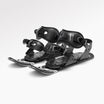
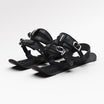
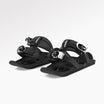
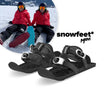

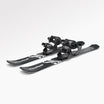

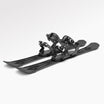
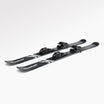






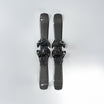



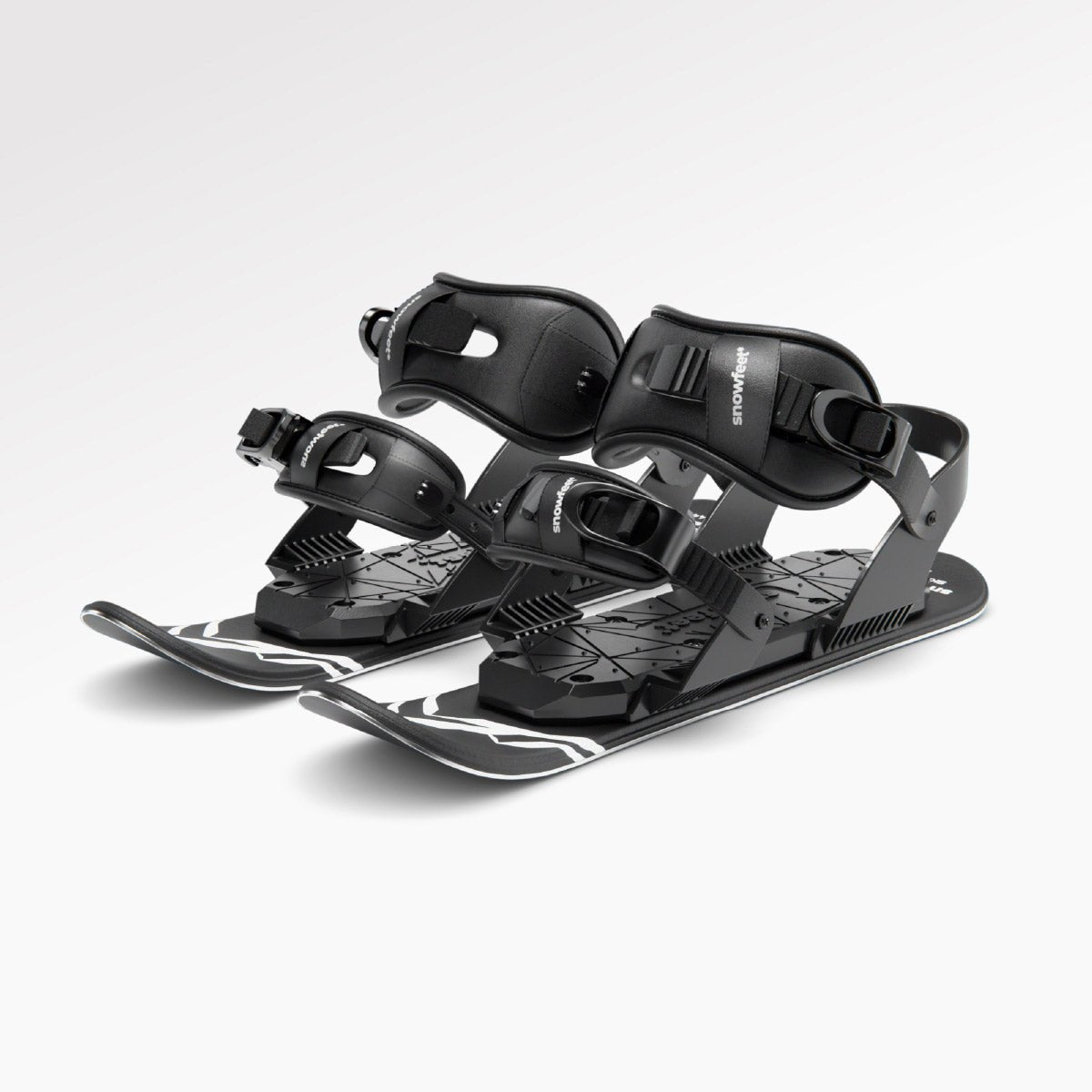

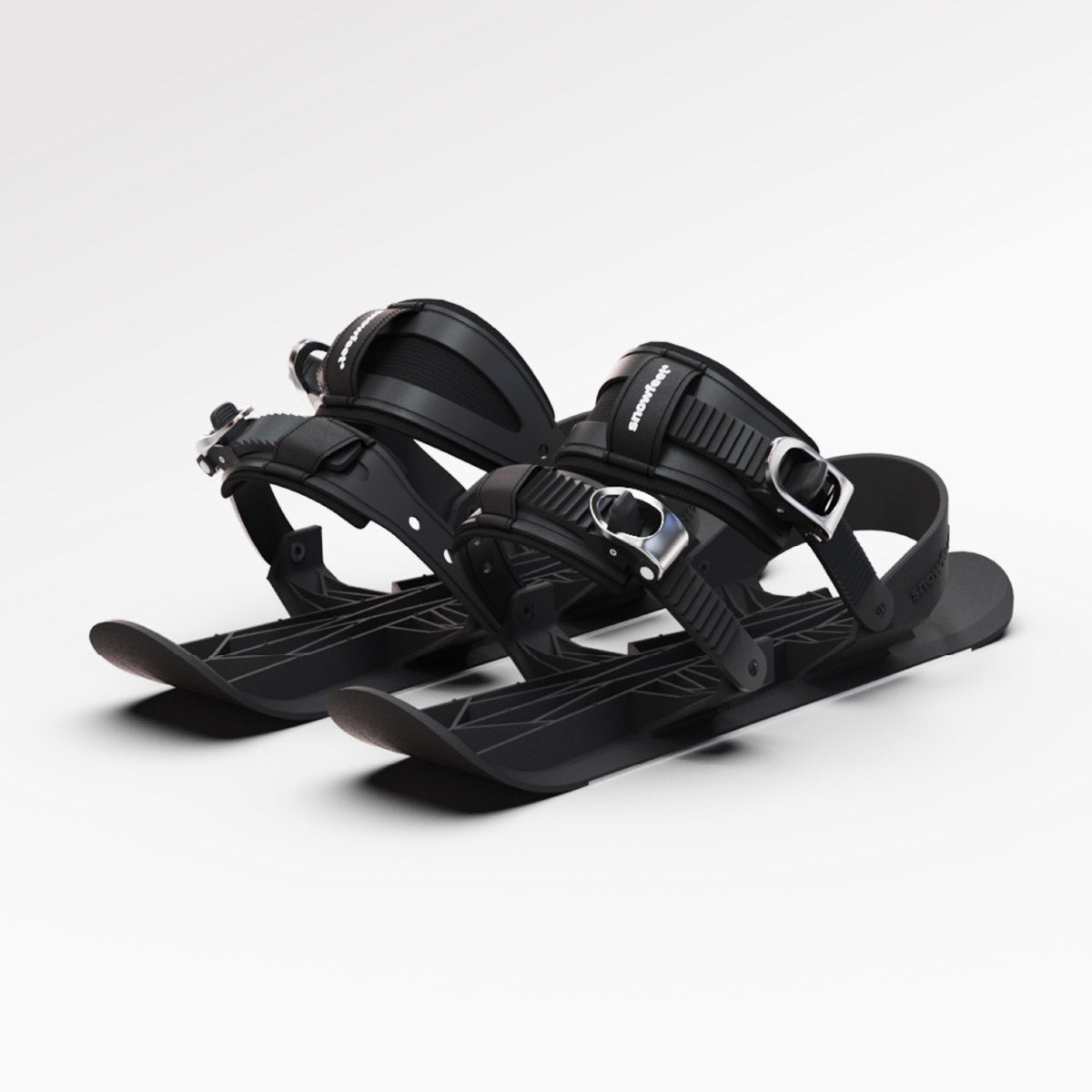

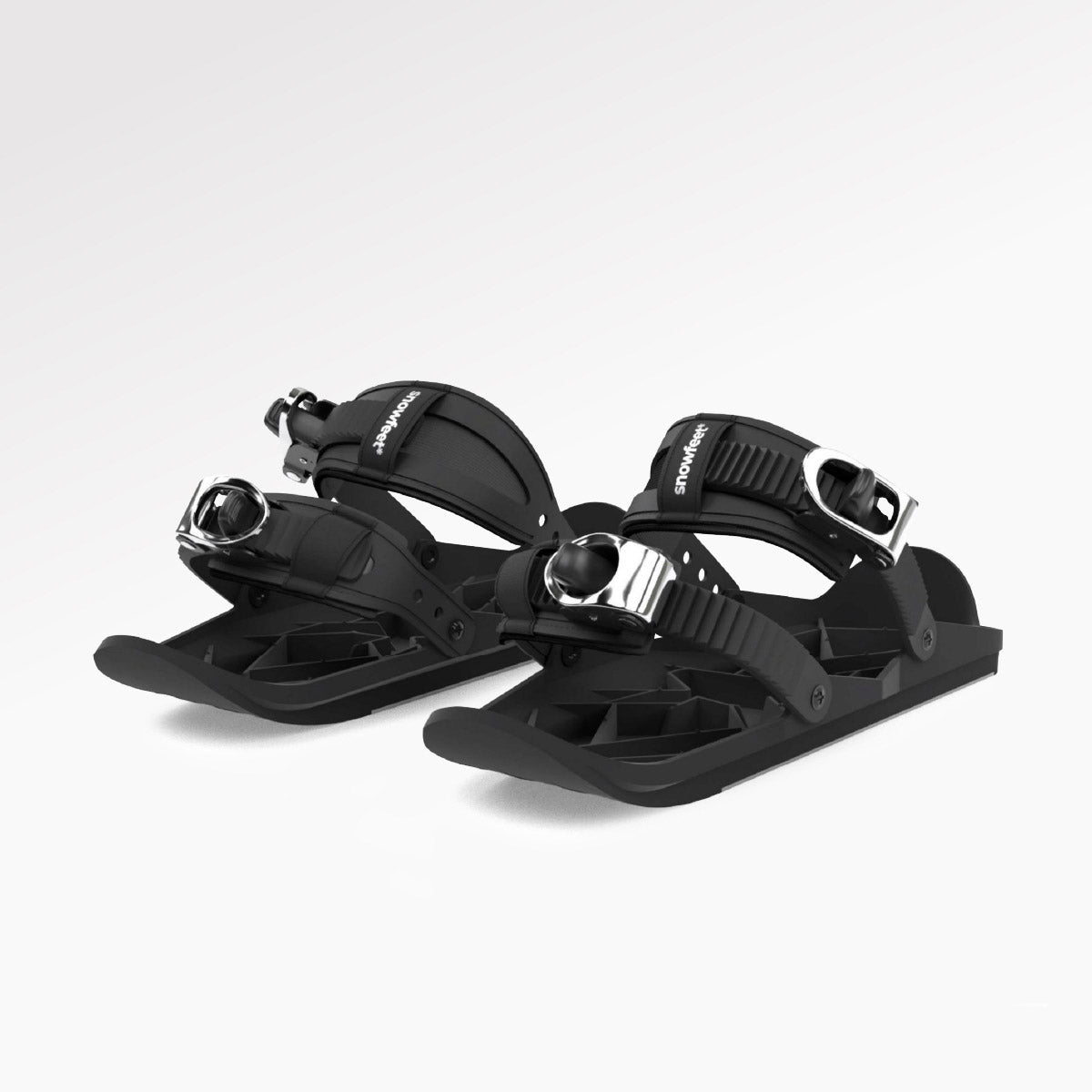



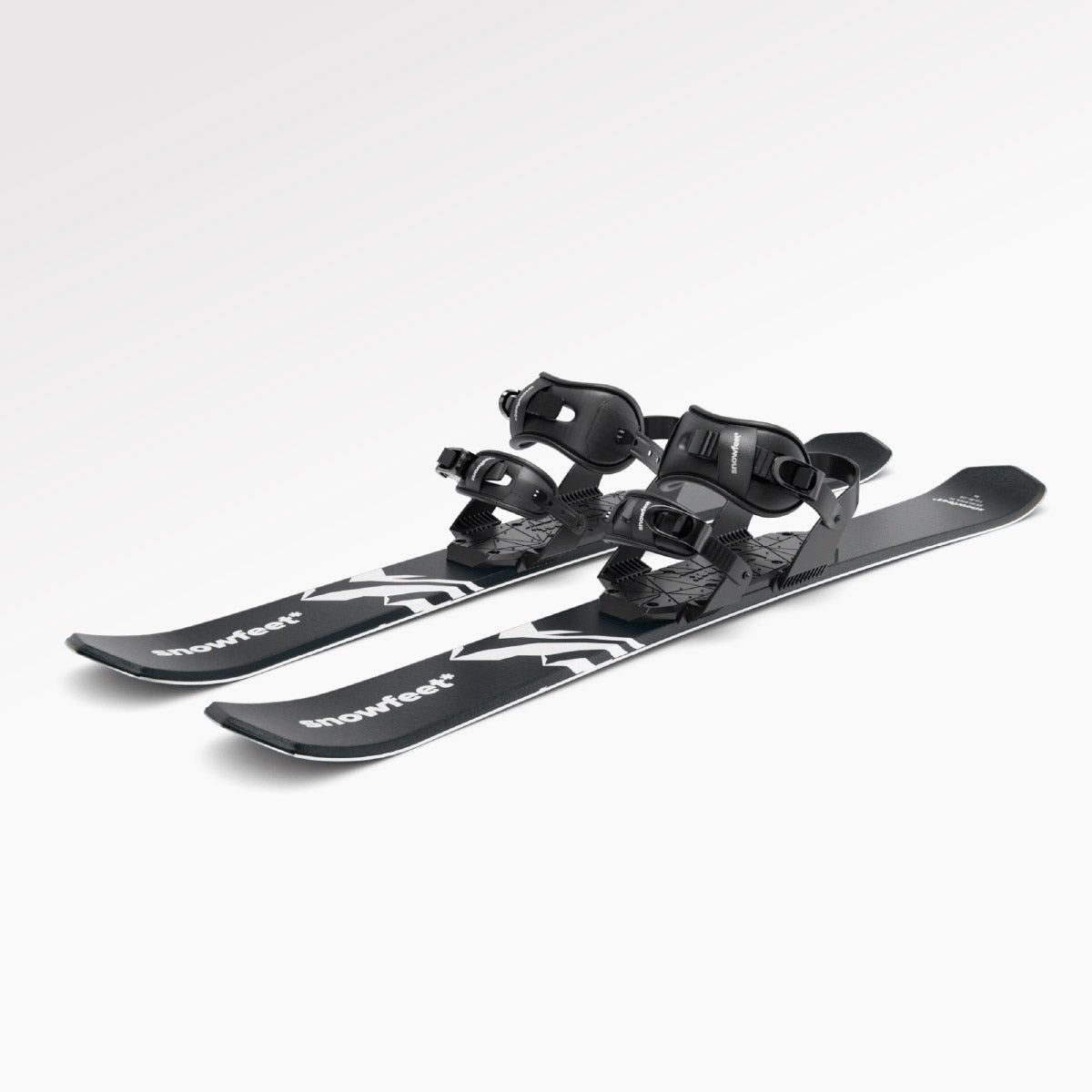

Leave a comment
This site is protected by hCaptcha and the hCaptcha Privacy Policy and Terms of Service apply.